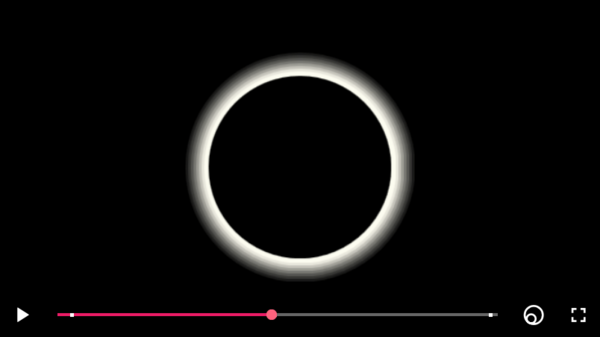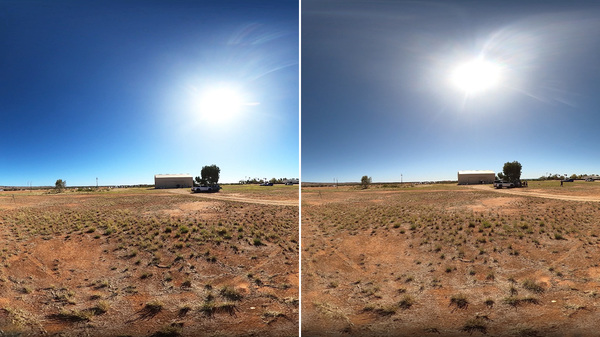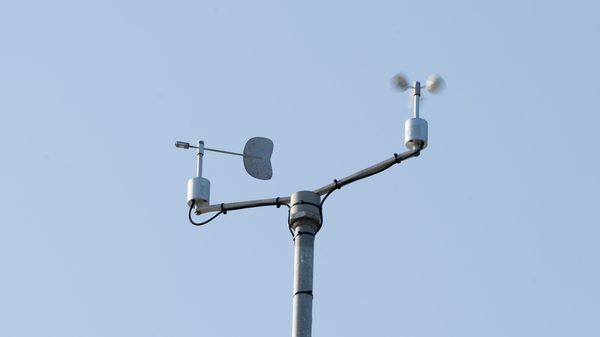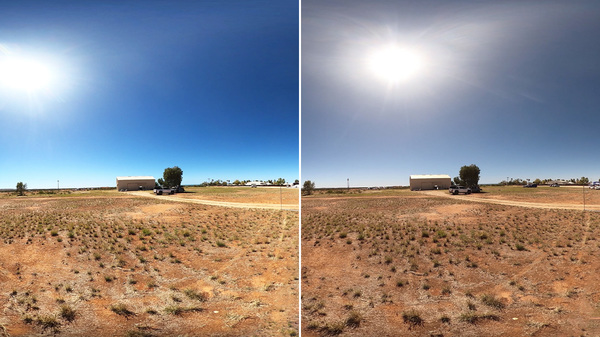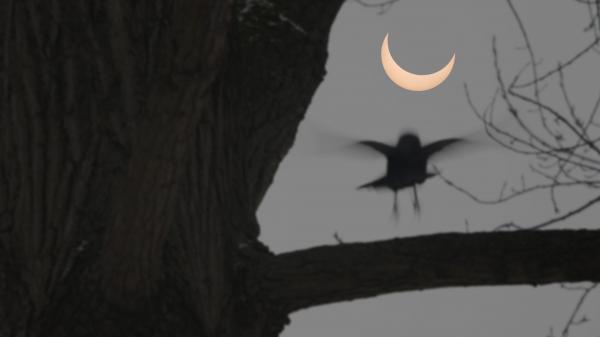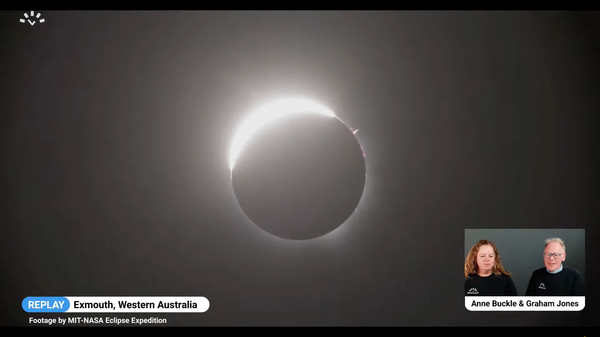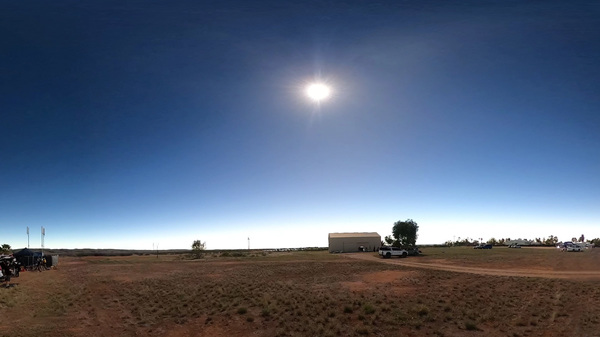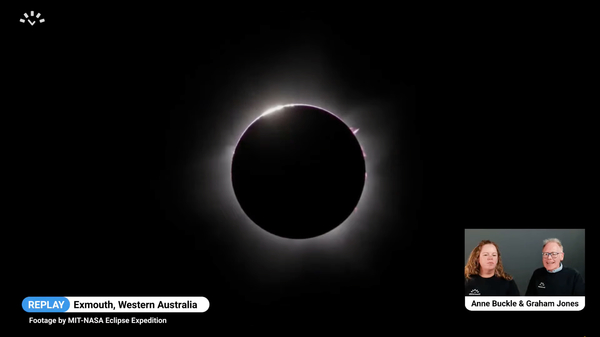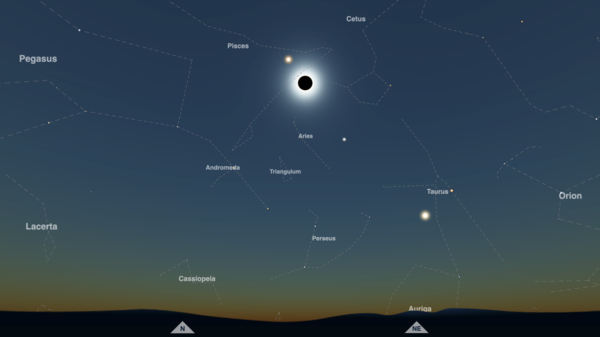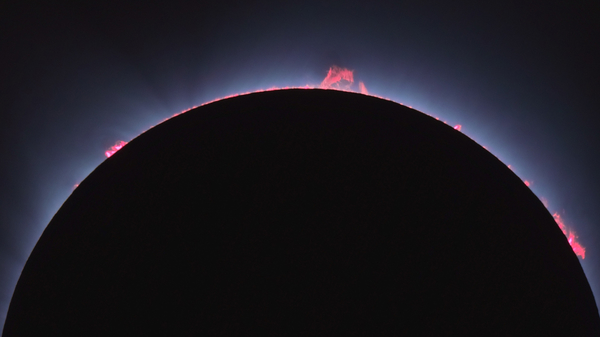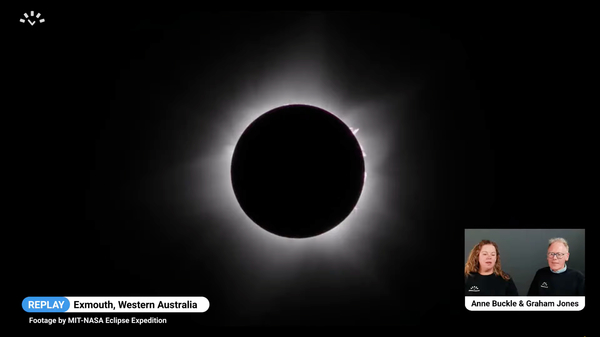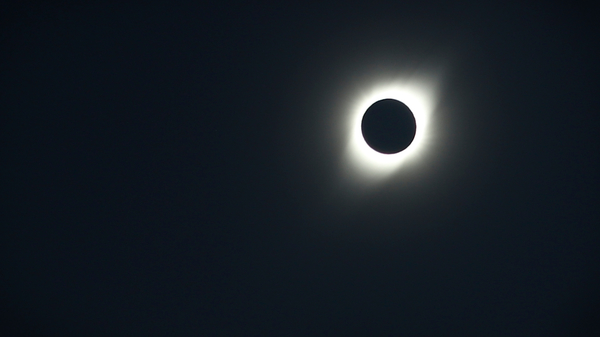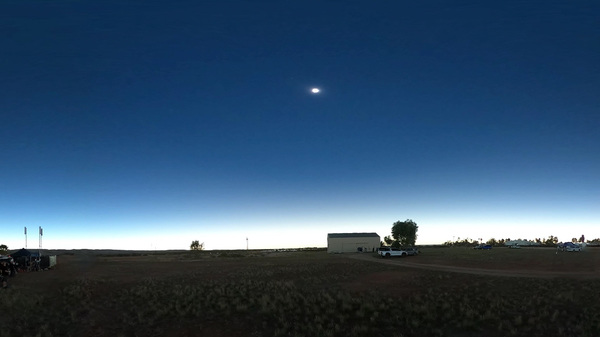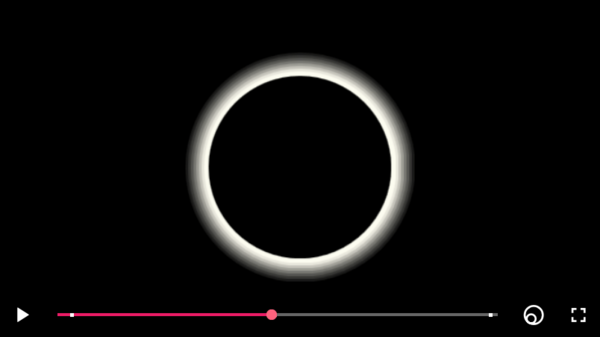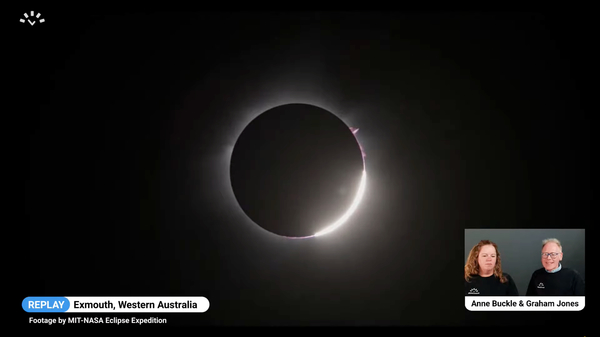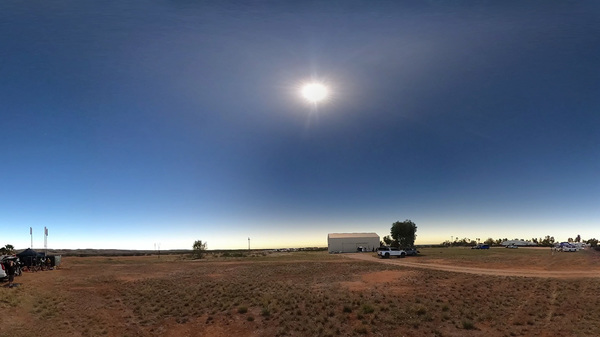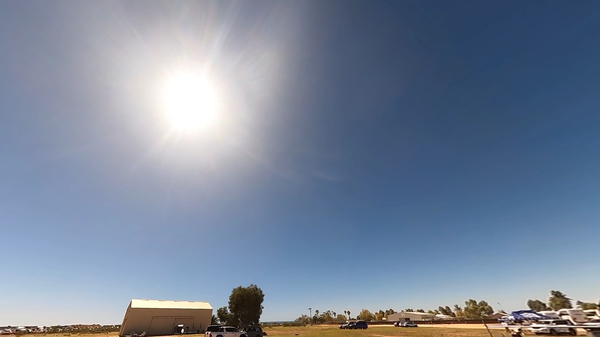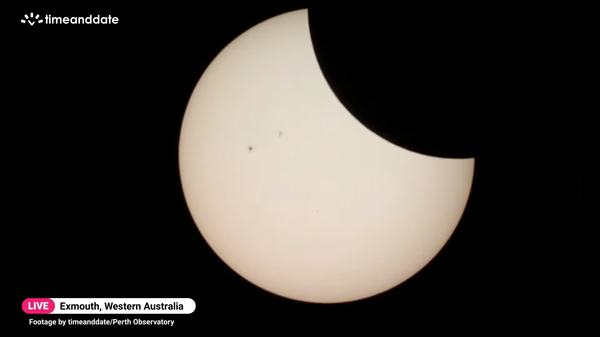WASHINGTON –The U.S. Environmental Protection Agency is announcing the launch of a new website, epa.gov/permits, a centralized web-based platform for information about federal environmental permitting. It highlights EPA’s permitting and environmental review programs and shares information on related statutes and environmental justice initiatives. In support of EPA’s commitments under Title 41 of the Fixing America’s Surface Transportation Act (FAST-41), it also displays the status of EPA permits for large scale infrastructure projects covered by this statute. The website is a resource for the public, permit applicants and federal agency partners.
“EPA’s new website is making it easier for the public and stakeholders to learn about the agency’s permitting process and our programs,”said EPA Deputy Administrator Janet McCabe. “This new, comprehensive website provides a one-stop portal for the public, permit applicants and colleagues from other federal, state and local agencies to quickly find information about EPA’s permitting program and how these permits are helping to protect public health and the environment in communities across our nation.”
“EPA has been working diligently to increase the transparency of information regarding our permitting resources, requirements and timelines, especially as we implement President Biden’s ambitious Investing in America Agenda. We are pleased to launch this site available to all,” said Vicki Arroyo, Associate Administrator for EPA’s Office of Policy, which oversees permitting and environmental review work for EPA.
The new website provides:
- Centralized information about all EPA permitting programs, information on delegations of authority to states and descriptions of other requirements that are often applicable (such as Endangered Species Act and National Historic Preservation Act consultation).
- Public-facing reports and resources, including environmental justice and civil rights in permitting information.
- FAST-41 information, including an explanation of EPA’s roles under the Act and a table that shows the status of EPA permits needed for FAST-41 projects and project tracking.
- Inflation Reduction Act information regarding funding allocated to EPA for improving efficiencies in permitting.










